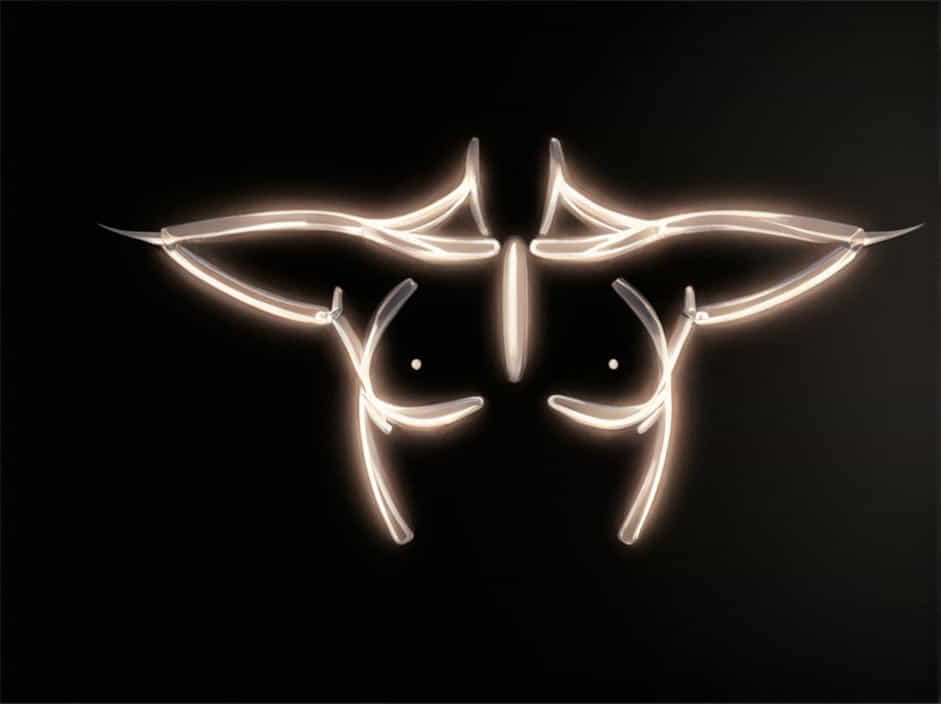The sternum, also known as the breastbone, is a flat bone located on the ventral side (front) of the body. It plays a crucial role in protecting vital organs such as the heart and lungs, providing structural support, and serving as an attachment point for the ribs and clavicles.
This topic explores the anatomy, function, and clinical significance of the sternum, along with conditions that can affect this essential bone.
Anatomy of the Sternum
Location and Structure
- The sternum is positioned in the center of the chest, connecting the ribs and clavicles to form the thoracic cage.
- It consists of three main parts:
- Manubrium – The uppermost part, articulating with the clavicles and first two ribs.
- Body (Gladiolus) – The longest section, connecting to the third to seventh ribs.
- Xiphoid Process – The smallest and lowest part, serving as an attachment for muscles.
Sternum and Rib Connection
- The sternum is connected to the ribs through costal cartilages, which allow for slight movement during breathing.
- The sternocostal joints help maintain the flexibility and stability of the rib cage.
Functions of the Sternum
1. Protection of Vital Organs
- The sternum acts as a shield, protecting the heart, lungs, and major blood vessels from injury.
- It forms the front portion of the rib cage, helping absorb impact forces.
2. Structural Support and Stability
- The sternum provides attachment points for the clavicles (collarbones) and ribs, contributing to the stability of the upper body.
- It plays a key role in maintaining posture and supporting the shoulder girdle.
3. Facilitates Breathing
- The sternum moves slightly during inhalation and exhalation, allowing the rib cage to expand and contract.
- This movement is essential for efficient lung function.
4. Muscle Attachment Site
- Several muscles attach to the sternum, including:
- Pectoralis major – Assists in arm movement.
- Sternocleidomastoid – Helps in head and neck movement.
- Diaphragm and abdominal muscles – Aid in respiration and posture.
Clinical Conditions Related to the Sternum
1. Sternal Fractures
- Caused by trauma, such as car accidents or direct blows to the chest.
- Symptoms include chest pain, swelling, and difficulty breathing.
- Diagnosed using X-rays or CT scans.
2. Sternum Pain (Costochondritis)
- Inflammation of the costal cartilage that connects the ribs to the sternum.
- Causes chest pain that worsens with movement or deep breathing.
- Often mistaken for heart-related pain, but it is a musculoskeletal condition.
3. Pectus Excavatum (Sunken Chest)
- A congenital deformity where the sternum is depressed inward, causing a concave appearance.
- Can lead to breathing difficulties and reduced lung capacity.
- Treatment includes physical therapy or surgical correction.
4. Pectus Carinatum (Pigeon Chest)
- A condition where the sternum protrudes outward, giving the chest a bulging appearance.
- Usually harmless, but may require treatment for cosmetic or respiratory reasons.
5. Sternal Tumors and Infections
- Rare but can occur due to metastatic cancer or bacterial infections.
- Symptoms include persistent pain, swelling, and difficulty breathing.
- Requires biopsy and imaging for diagnosis.
Diagnostic Approaches for Sternal Conditions
1. X-ray and CT Scans
- Used to detect fractures, deformities, and tumors.
- Helps assess the extent of injury or abnormality.
2. MRI for Soft Tissue Analysis
- Provides detailed imaging of muscles, cartilage, and ligaments around the sternum.
- Useful for diagnosing costochondritis and tumors.
3. ECG to Rule Out Heart Problems
- Since sternum pain can resemble heart-related pain, an electrocardiogram (ECG) is often used to rule out cardiac conditions.
Treatment and Management of Sternal Conditions
1. Rest and Pain Management
- Mild injuries or conditions like costochondritis are treated with pain relievers, ice therapy, and rest.
- Avoiding strenuous activities helps prevent further pain.
2. Surgery for Severe Cases
- Sternal fractures with displacement may require surgical fixation.
- Severe pectus excavatum is corrected with procedures like the Nuss or Ravitch procedure.
3. Physical Therapy
- Strengthens chest muscles and improves posture.
- Helps in recovery from fractures and deformities.
The sternum is a crucial bone located on the ventral side of the body, serving as a protective shield, structural support, and muscle attachment site. It plays an essential role in respiration, posture, and overall upper-body stability.
Understanding the anatomy, functions, and potential conditions affecting the sternum is important for maintaining chest health and identifying medical issues early. If you experience sternal pain or injury, consulting a healthcare professional is essential for proper diagnosis and treatment.
